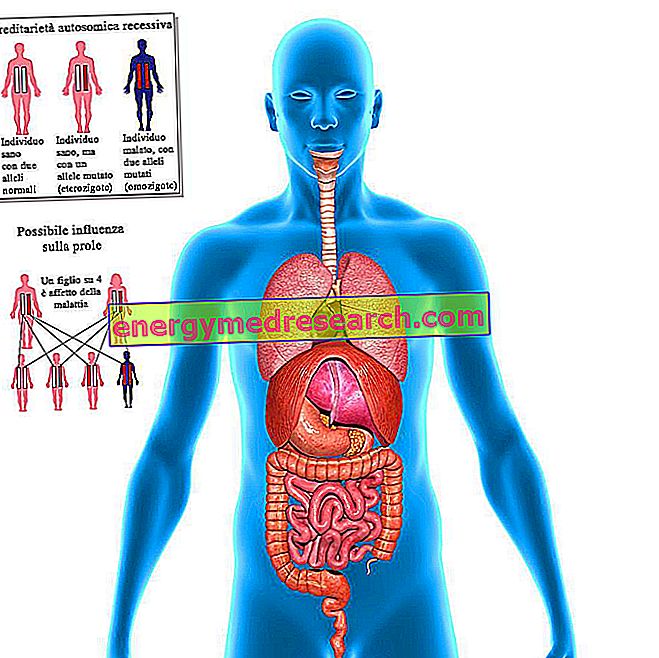
About one person every 10, 000 is born with the thoracic and abdominal organs in a specular position with respect to the classic structure, which can be appreciated in every text of human anatomy. In other words, the heart is slightly to the right (instead of to the left), the liver is to the left (instead of to the right), the first part of the colon is to the left, the last part of the colon is to the right, etc.
This strange condition - known as situs inversus totalis - is comparable, genetically speaking, to hereditary diseases with autosomal recessive transmission.
What does this feature imply?
The hereditary diseases with autosomal recessive transmission are expressed only when both alleles of the gene that causes the pathology have changed - this is because the mutated allele is recessive over the healthy one - and only when both parents are carriers of at least one mutated allele (NB : with only one mutated allele they are called "healthy carriers").
From a probabilistic point of view, two healthy parents of the genetic mutation that causes situs inversus totalis have a 25% chance of giving birth to a child with inverted organs; in other words, one for every four.
THE SITUS INVERSUS TOTALIS AND THE SIAMESE TWINS
The condition of situs inversus totalis is often found even in specular Siamese twins, which would seem to make researchers think that there is a connection between the two anomalies.


